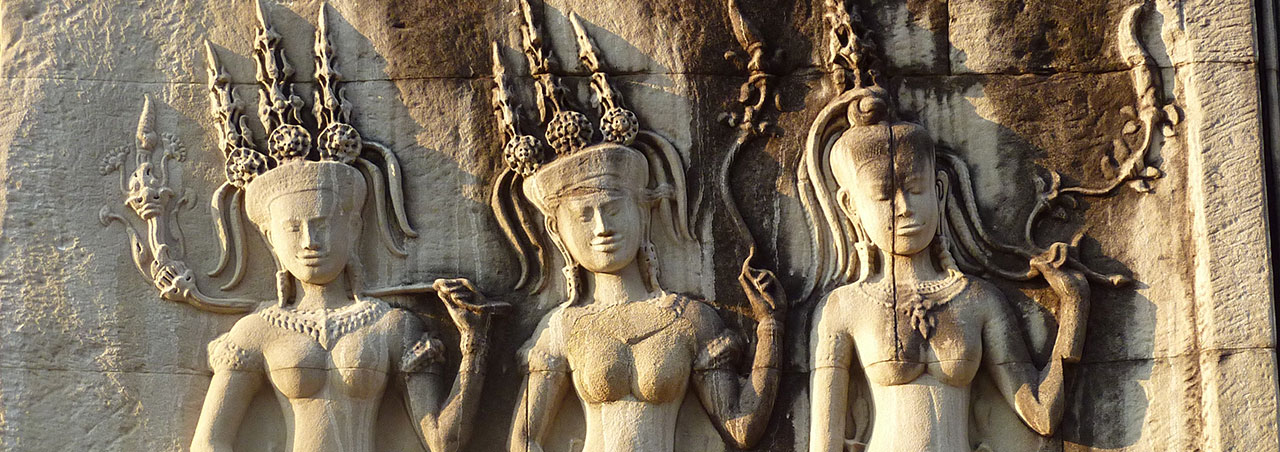In response to the notion that:
the teachings of Madhyamaka (Great Middle Way, or Uma
Chenpo in tib.) are the foundation of the view in Kagyu tradition.
I didn’t say that Madhyamaka was the foundation of the Kagyu view. I actually said that within the tradition it is often said to be “most useful for clarifying the view”, which is quite a bit different. I would say that for most Kagyupa the Shentong approach is taken, which is based upon the third turning of the wheel of Dharma teachings, and so if anything is the foundation of view in Kagyu tradition, it is the inseparability of luminosity and emptiness.
I would further argue, as an interesting aside, that it would be difficult indeed for Madhyamaka to be the foundation of view, as in itself, it presents no view, and is effectively a method to end all views, and is very resistant indeed to taking a view itself.
So in the light of that Madhyamaka teachings are said to be most useful for clarifying the view in the sense that they allow you see your wrong views, and let them go. In particular, they bring into focus our continual falling into subtle eternalist or nihilist views. This is most important to us as throughout the path we will deal with notions of emptiness and clarity.

Madhyamaka is not just concepts, it’s a method
In response to the notion that:
view is not a mere combination of analytical concepts, borrowed from even such detailed teachings as Madhyamaka – neither is it purely intellectual by its nature.
There’s a couple of things I’d like to respond to in this.
I entirely agree that View is not purely intellectual in nature. However, I think it would be a mistake to view Madhyamika as either just a set a teachings, nor as just pertaining to the intellectual.
Madhyamaka, whilst undoubtedly a philosophy, is also most importantly a method, one which is employed precisely to clarify view. As such, it is not just concepts, nor just intellectual, but method.
Again, Madhyamika employs the three wisdoms in its application, which is to say listening/studying, reflecting, and meditation. None of these are purely intellectual or conceptual activities, and all reach much deeper than the intellectual.
View is an expression of our wisdom
In response to the view that:
‘view’ is the product of attempts to find an ‘angle’ from which your changing experience makes sense.
I broadly agree with your description of the role of karma in how people work with view, and entirely agree with view being an ‘unalienable aspect of whole practice’, as I hope my reiteration above that madhyamika is useful for clarifying the view (as again a conceptual method that is the basis of the view) makes clear.
I would add that view is both our current level of wisdom, in effect, and the concepts that we use to express that wisdom. So, it’s not just a set of concepts which suit our karma (I don’t think you were implying that, but just to be clear), but actually our current level of wisdom, and how that is expressed. As such, it is our realisation, through which we see the world, and therefore, to the extent that we have genuine realisations, our view is not just inclined to our karma.
I have to go now … my little son awaits me! … and so will respond to the rest of your most interesting mail as the opportunity arises.
best wishes to you in the Dharma, and many thanks for sharing this dialogue.


